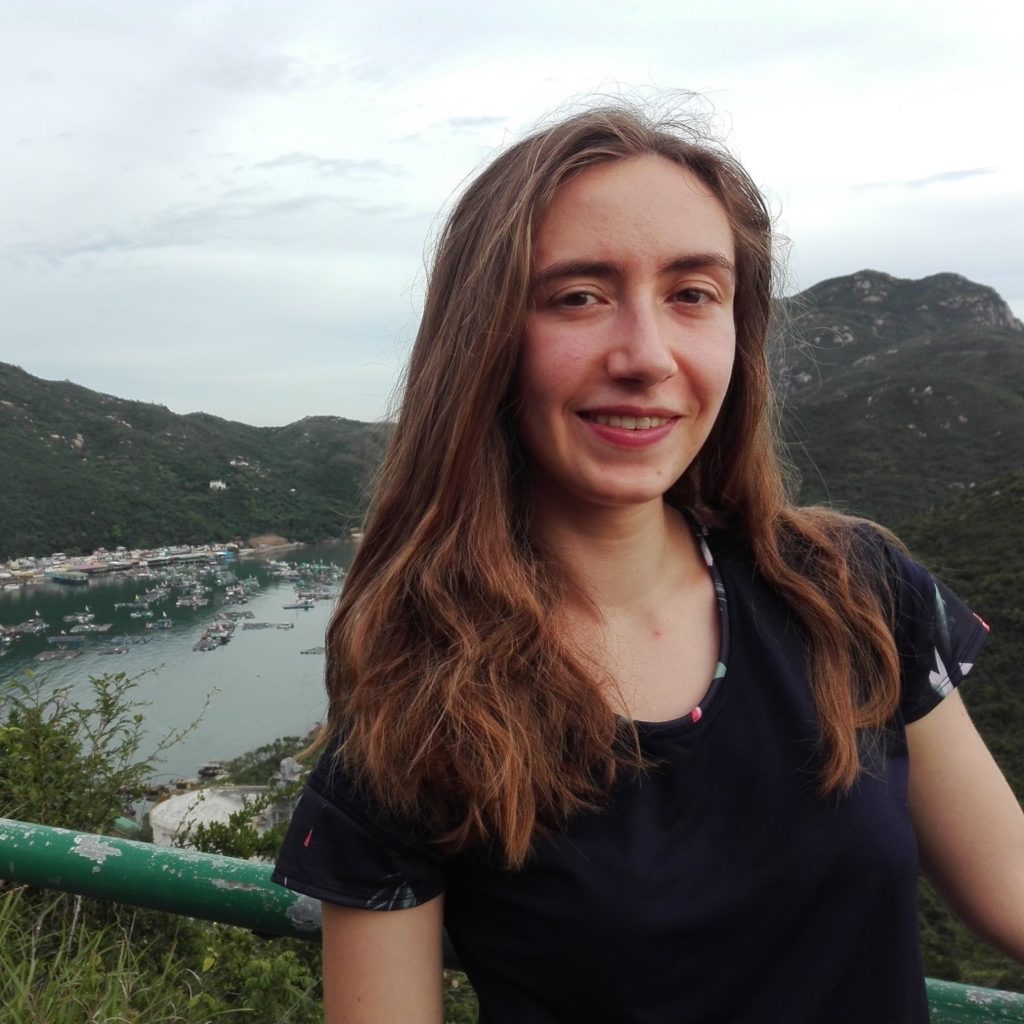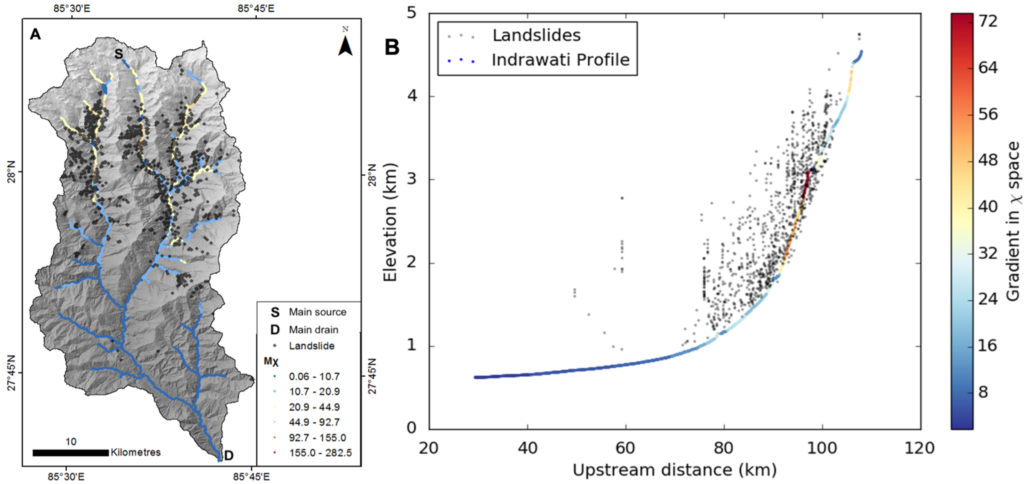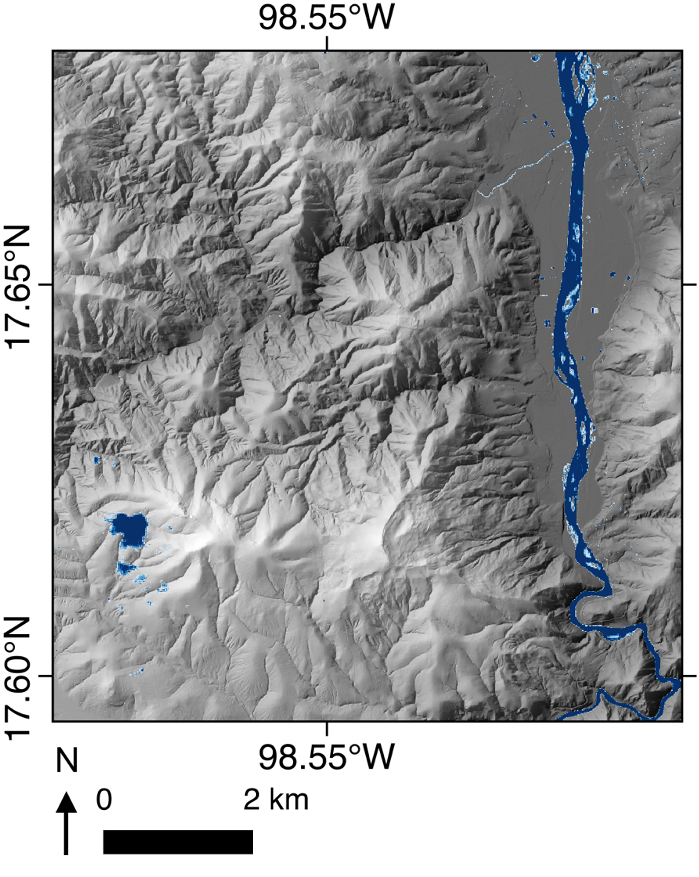DTP: C-CLEAR
2B
Sarah Berk

I am a 2nd year PhD student at the University of East Anglia in the Climate Research Unit (CRU). I have a BSc in Mathematics from the University of Exeter, where a module and project on the mathematics of climate change amplified my long-time interest in the area.
Research interests
My PhD research focuses on the Urban Heat Island effect, aiming to quantify this in cities across the world using satellite data and statistical methods. I am particularly interested in the impact of background climate and how this can be isolated from a number of contributing factors.
Nele Reyniers

My PhD project is an industry-academia collaboration between the University of East Anglia and Anglian Water facilitated by the Anglian Centre for Water Studies. In this work, I aim to improve our understanding of how climate change affects the extreme droughts of the future and how these droughts can put water resources at risk, thereby supporting Anglian Water’s efforts to plan for drought resilience and adaptation to climate change.
During my studies at Ghent University (Belgium), where I obtained my MSc in Bioscience Engineering: Land and Water management, I developed a passion for programming and modelling, later followed by a soft spot for data visualization. Following my PhD, I would like to continue to further develop these skills and apply them to the critically important topic of water management, or more broadly to climate change adaptation and mitigation.
Please do not hesitate to contact me at N.Reyniers@uea.ac.uk for more information.
Links:
Nele’s project on the Anglian Centre for Water Studies website (thanks to Gabriella Everett)
Michael Buckingham
DTP: SPITFIRE
Jamie McCoy

I am a second year ARIES DTP student based at the University of Plymouth, working within the EmbryoPhenomics research group. I completed a BSc in Marine Biology and Oceanography in 2017, and MRes in Marine Biology in 2018 at the University of Plymouth. Through this I developed a keen interest in ecophysiology and developmental biology, specifically how early life stages of aquatic invertebrates respond to factors associated with climatic change, and how the environment experienced by previous generations influences the development of offspring. During previous research projects and my current PhD research, I have developed skills in marine and freshwater animal husbandry, respirometry, and in the use of automated bio-imaging systems and computer vision methods in ImageJ and Python, and applied these to quantify temperature and oxygen driven differences in aspects of embryo morphology, physiology and behaviour. These approaches generate vast amounts of video and phenotypic data, and as a result I have also developed skills in the use of big data analytics in R and Python.
Research:
Embryonic development is characterised by high degrees of temporal and functional change both within and between individuals, and responses to differences in the external environment during this highly dynamic life stage comprise a huge number of individual trait changes. Current estimates of environmental sensitivities to forecasted levels of environmental change are frequently based on data from adult stages, often ignoring periods of early development, during which sensitivities are markedly different. Phenomics, the acquisition of high dimensional phenotypic data at organism wide scales has seen widespread application within plant biology and medicine, and allow the relationships among multiple traits to be integrated into analyses of responses to environmental variables. My current research is focussed on the application of phenomics approaches through use of imaging and computer vision technologies, to characterise development stage specific sensitivities of aquatic embryos to environmental stress. The adoption of such approaches not only allows for the quantification of traditional measures of embryo size and movement, but also usage of machine ‘proxy traits’, measurements of fluctuations in pixel intensities within video data that provide integrative measures of whole organism physiology and behaviour.
Links:
OrCID ID: 0000-0002-3238-9781
Twitter: @jamiemccoy1995
EmbryoPhenomics: https://www.embryophenomics.org/
Publications: McCoy, J.C.S., Spicer, J.I., Tills, O., Rundle, S.D. (2020). Both maternal and embryonic exposure to mild hypoxia influence embryonic development of the intertidal gastropod Littorina littorea. Journal of Experimental Biology, 223, DOI: 10.1242/jeb.221895.
James Johnston

My name is James Johnston and I’m a first year PhD student at the University of Cambridge, in the Department of Geography.
I’m working on ecosystem modelling, looking specifically at incorporating plant-animal interactions into models to investigate thresholds and restoration potential in ecosystems.
Outside of scientific research I’m interested in any and all sport, particularly rugby and squash, as well as novel tech.
Links
Email: jhj34@cam.ac.uk
Twitter: https://twitter.com/JohnstonJames_
Freya Muir

I am an IAPETUS2 PhD student based at the University of Glasgow, having completed my bachelor’s in Geology and Physical Geography and my master’s in GIS at the University of Edinburgh. My ultimate research goal is to create a framework for predicting shoreline change in a range of coastal environments in response to short- and medium-term weather events. I use information about the coast and storm impacts automatically derived and analysed from satellite and ground-based imagery and weather and wave forecasts, to feed into a numerical model of erosion response and shoreline change. I hope to establish a user-friendly, opensource software solution to predict a coastline’s response to upcoming storms that can be run regularly at a range of spatial and temporal scales by coastal managers and stakeholders. Prior to my PhD, I was the sole research assistant on the Dynamic Coast project, a Scottish government commissioned project to fill our evidence base of past, present and future coastal change around Scotland. My other research interests lie in topographic analyses of hillslope evolution (Figure 1A, 1B) and flood modelling (Figure 2), and I enjoy automating my analyses as much as possible with the use of programming and remotely sensed Earth Observation data. I love to find creative solutions and proxies for the processes and natural hazards we experience and are affected by on Earth’s surface, so that we may simulate and abstract, and therefore understand and predict them better.

Figure 1A: Drainage network of the Indrawati River basin in Nepal represented by normalised channel steepness compared with landslide crown locations. 1B: River long profile showing landslide crown elevations on hillslopes and channel steepness in chi space.

Figure 2: Flooded river water extent in Southern Mexico automatically extracted from Sentinel-2 imagery.
